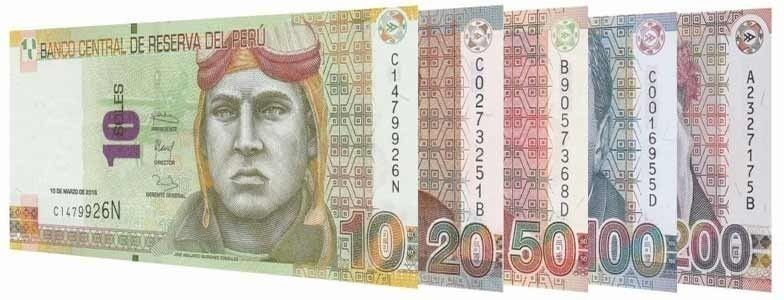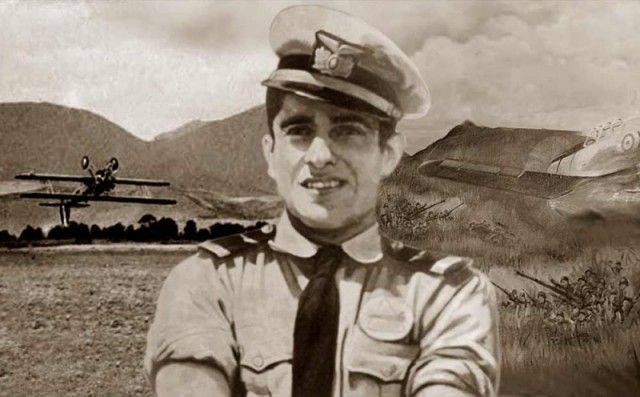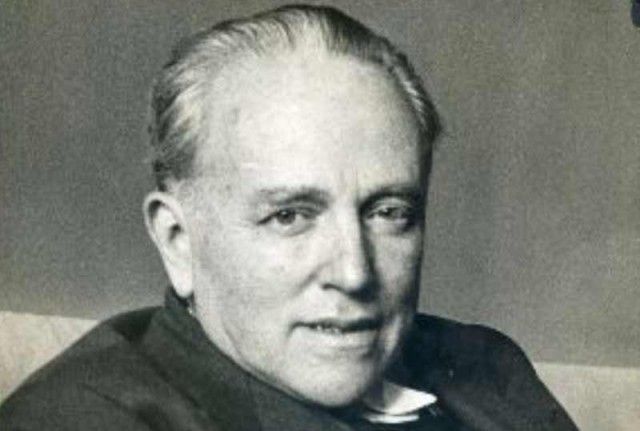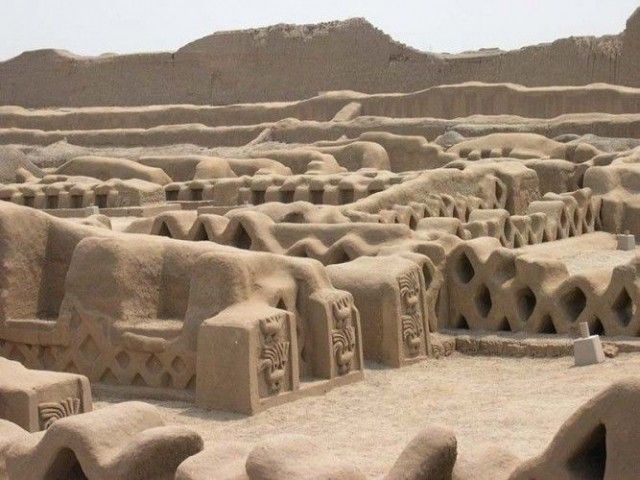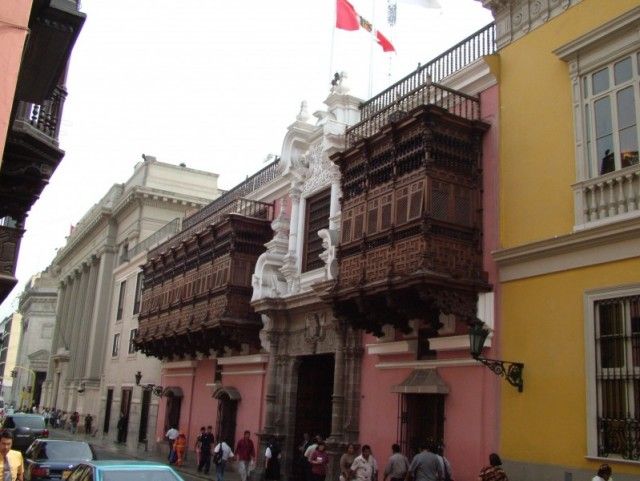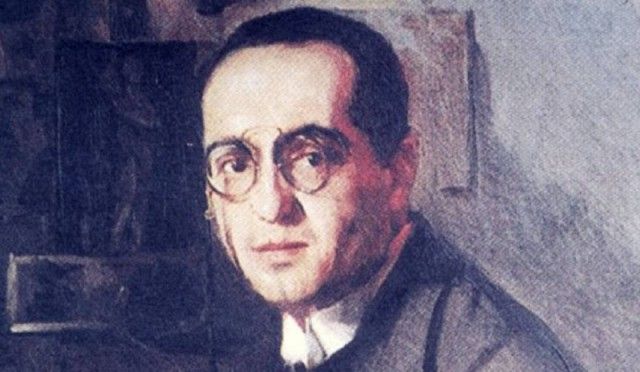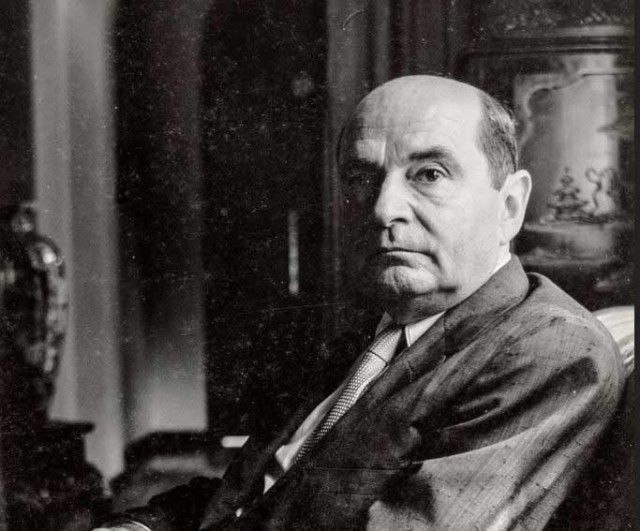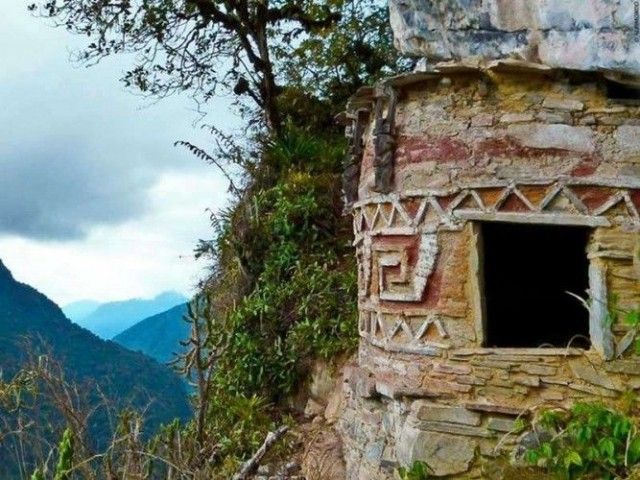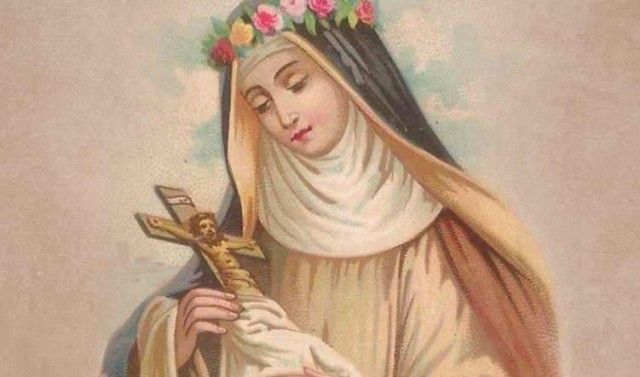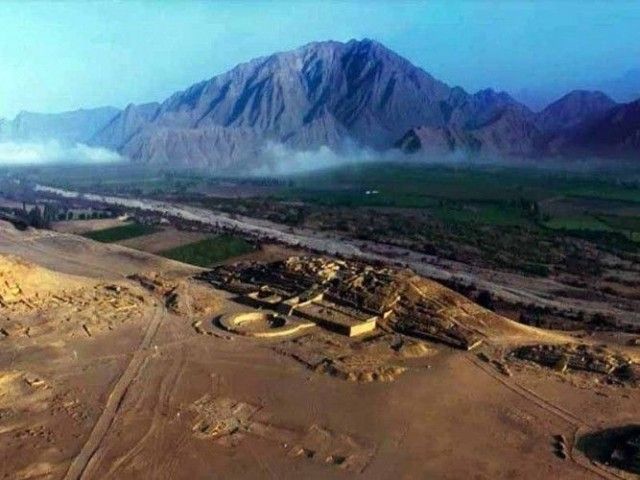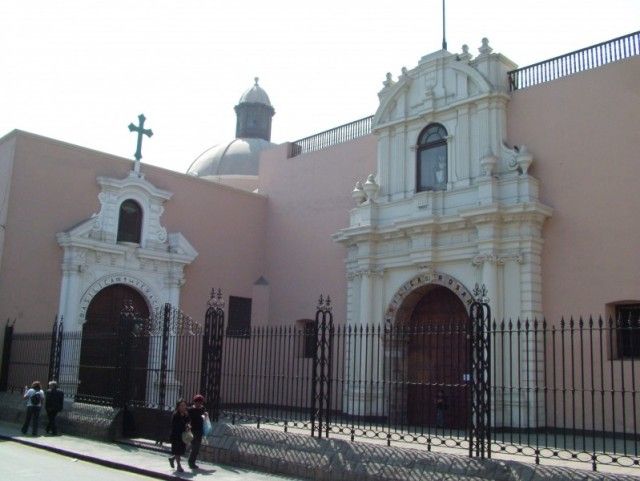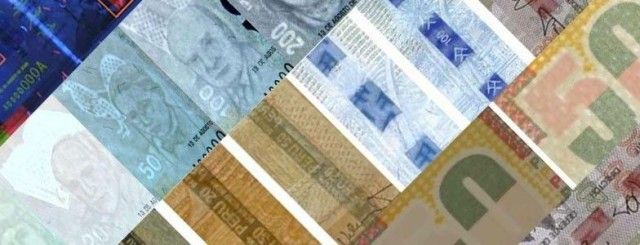The current banknotes of Peru are not only lovely with famous Peruvian personalities on the front and either amazing archaeological sites or examples of Peru’s extraordinary flora and fauna on the back; Peru’s bills also have a high technical sophistication and top-notch security features which together with their beautiful design earned the notes the one or other award.
Since 1991 the Peruvian currency is the “Nuevo Sol” (S/.), which was renamed to just “Sol” (S/) in 2016 - plural (Nuevos) Soles. Its international code is PEN. There are banknotes for S/ 10, S/ 20, S/ 50, S/ 100 and S/ 200.
Please note: Today only Nuevos Soles or Soles notes are valid, legal tender and circulate simultaneously. Old Libra de Oro, Sol de Oro and Inti notes are not legal tender anymore! While the one or other banknote might have a value for collectors, they can’t be exchanged or used as means of payment.
Over the past 30 years, the Peruvian banknotes have undergone many design changes and security improvements. There are 4 major series which are all still legal tender and circulate simultaneously:
- Nuevos Soles series from 1991 to 2006 (the “old” Nuevos Soles notes which are still valid and legal tender, but hardly found in circulation anymore)
- Nuevos Soles series from 2009 to 2016 (the “new” Nuevos Soles notes with a new, more modern design and improved security features which were put into circulation in 2011; legal tender)
- Soles series 2016 - 2020 (actually design- and security-wise just an enhancement of the 2009-2016 series, but now with the correct name of the currency “Sol”; until today only a S/ 10, S/ 20 and S/ 100 are in circulation; legal tender)
- Soles series since July 22, 2021 (the new Peruvian Soles notes have a completely new and modernized design paying tribute to Peruvian scientists and humanists from the 20th century and highlighting Peru's impressive flora and fauna; additionally, the security features have been updated). On July 22, 2021 a new S/ 10 and S/ 100 has been issued; on July 20, 2022 a new S/ 20 and S/ 50.
Please note: within the 1991 to 2006 and the 2009 to 2016 series new editions of the banknotes with minor changes in design and better security features have been put into circulation. To give you an overview over how the Peruvian money looks like, we chose one example of each note and series. Those interested in all the slight details have a look at the PDF-booklet “Banknotes issued by the Peruvian Central Reserve Bank” (Billettes emitidos por el Banco Central de la Reserva del Perú) at the end of this page under Attachments.

10 Soles (since July 2021) - Current Peruvian banknotes
The new Peruvian 10 Soles banknote features Maria Isabel Granda Larco, better know as Chabuca Granda. The famous Peruvian singer and songwriter with the deep, smoky, and nostalgic voice was born on September 3, 1920, in the copper mining Cotabambas province in the Apurímac region. At the age of 12 she started singing in the school choir of Lima’s prestigious Colegio Sophianum in San Isidro. Later she wrote songs and here and there performed as part of various groups. During the final stages of her marriage - the divorce in 1952 caused a tremendous scandal in the back then conservative and Catholic Lima - she embarked on a successful solo career. Not only in her private life she broke with conventions but also in her musical style as songwriter and singer. She pushed the boundaries of older song forms such as the Peruvian waltz, marinera, zamacueca and landau and their lyrics, giving her songs a rhythmic and melodic freedom. Later in her career, she even incorporated Afro-Peruvian music into her work masterfully blending the colorful rhythms with Peruvian popular music.
To this day her song “La Flor de la Canela” (Cinnamon Flower) is considered the anthem of Lima. Other popular hits that are regarded as classics of Peruvian music include "Lima de veras" (Truly Lima), "José Antonio, "Fina estampa" (Good looks), and "Zeñó Manué", to name just a few. While remaining quite unknown abroad, in Latin America Chabuca Granda was highly popular; in Peru she was and still is an icon of popular Peruvian music. She died on March 8, 1983 in Miami.
In 2017 Chabuca Granda’s work was declared a Cultural Heritage of the Nation. Two years later the Peruvian government posthumously awarded her the “Orden del Sol del Perú” (Peruvian Orden of the Sun).
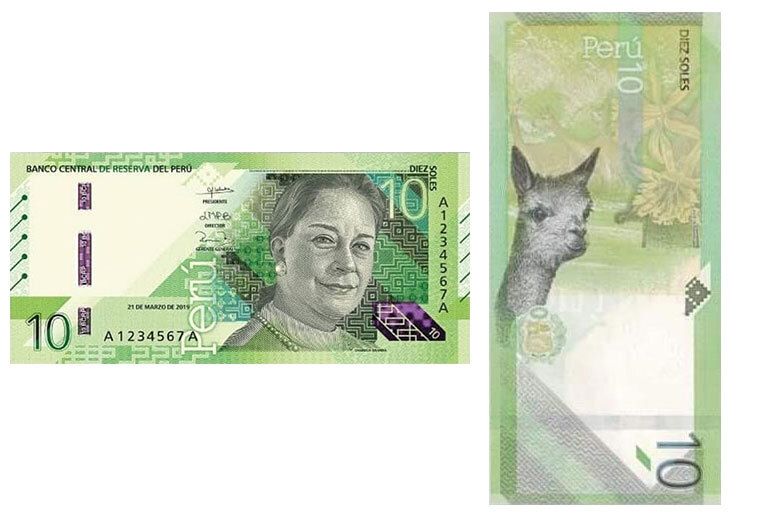
The back of the new S/ 10 note, which for the first time in Peru's numismatic history has a vertical orientation, shows a Vicuña, one of the two wild South American camelids. Vicuñas are related to llamas and are considered the wild ancestors of Peru’s domesticated alpacas. They live in the high alpine areas of the Andes and produce extremely fine, soft and warm wool which is extremely expensive as the animals have to be caught from the wild and can only be shorn every few years. Additionally, an image of the Flor de Amacaes (amancae or amancay) can be found on the back which is native to the foggy coastal hills of Peru, especially near Lima as part of the Lomas ecosystem, and which Chabuca Granda refers to in her beloved song “José Antonio”.
10 (Nuevos) Soles - Current Peruvian banknotes
Next to the above described new Peruvian 10 Soles bill, banknotes from the series 1991-2006, 2009-2016 and 2016-2020 are still legal tender and circulate simultaneously with the new ones.
On the front of these "older" 10 (Nuevos) Soles notes José Abelardo Quiñones Gonzáles, a Peruvian Air Force Lieutenant (posthumous promoted to Air Force Captain) and a declared national hero, is featured. He was born in April 1914 in Pimentel near Chiclayo, Lambayeque. Soon after joining the Aviation School "Central de Aeronáutica - Jorge Chávez", Quiñones experimented with different flying techniques and became known for his acrobatic flying performances. During the Ecuadorian-Peruvian War (1941) he served his country as a fighter pilot and - depending on the viewpoint - lost or sacrificed his life.


The back of the 10 (Nuevos) Soles notes - Nuevos Soles series 2009 to 2016 and Soles series since 2016 - shows an image of Machu Picchu, Peru's famous and most visited archaeological site. This amazing pre-Columbian city was built by the Incas in the 15th century around 80 km from their capital Cuzco on 2430 m above sea level amid a tropical forest, probably one of the scenically most attractive mountainous terrains of the Peruvian Andes. The city was divided into an urban area and an agricultural sector. The agricultural sector included colossal terraces whose slopes were cultivated. The urban area comprised a sacred area with impressive structures such as the Temple of the Sun and the Intihuatana, the royalty area, the place in town for the nobility and priests, an industrial area composed of manufactories and housing for the workers and residential areas with housing for the lower class and storage buildings.

The back of the “old” 10 Nuevos Soles notes - series from 1991 to 2006 - shows the acrobatic flight José Quiñones performed on his graduation day; in his Caproni 113 he flew about two meters above ground upside-down.
20 Soles (since July 2022) - Current Peruvian banknotes
x
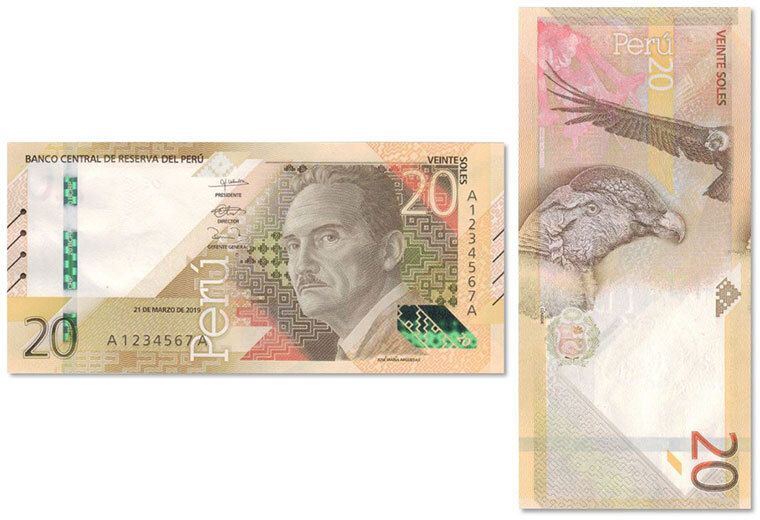
x
20 (Nuevos) Soles - Current Peruvian banknotes
The front of all 20 (Nuevos) Soles notes features Raúl Porras Barrenechea. Born in 1897 in Pisco, he was a respected historian, professor, politician and diplomat who first taught at many notable schools and universities in Lima before switching to politics. He served as Peruvian ambassador in Madrid, was elected senator representing Lima and became the President of the Peruvian Senate before being appointed Minister of Foreign Affairs. He died in 1960.


The back of the 20 (Nuevos) Soles notes - Nuevos Soles series 2009 to 2016 and Soles series since 2016 - shows an image of a wall of a huaca (adobe pyramid) that is part of the ancient city of Chan Chan in northern Peru near Trujillo. During its glory days Chan Chan was the largest pre-Columbian city in the Americas and the largest adobe city on earth. The back then huge adobe metropolis with around 10,000 buildings and about 30,000 to 60,000 citizens was the capital of the Chimú culture (850 to around 1470). Even though the city was built in Peru's dry coastal desert, Chan Chan's fields and gardens flourished, thanks to a sophisticated network of irrigation canals and wells. When the Incas gained power over the area around 1470 Chan Chan lost its influence and with the Spanish conquest a few decades later the magnificent city was plundered and then left deserted.

The back of the “old” 20 Nuevos Soles notes - series from 1991 to 2006 - features an image of the Torre Tagle Palace which is one of the most magnificent historical buildings in South America and today houses the Peruvian Ministry of Foreign Affairs. In the historic city center of Lima, Jr. Ucayali 363, the building reflects the elegance and grace of the colonial architecture of the early 18th century.
50 Soles (since July 2022) - Current Peruvian banknotes
x
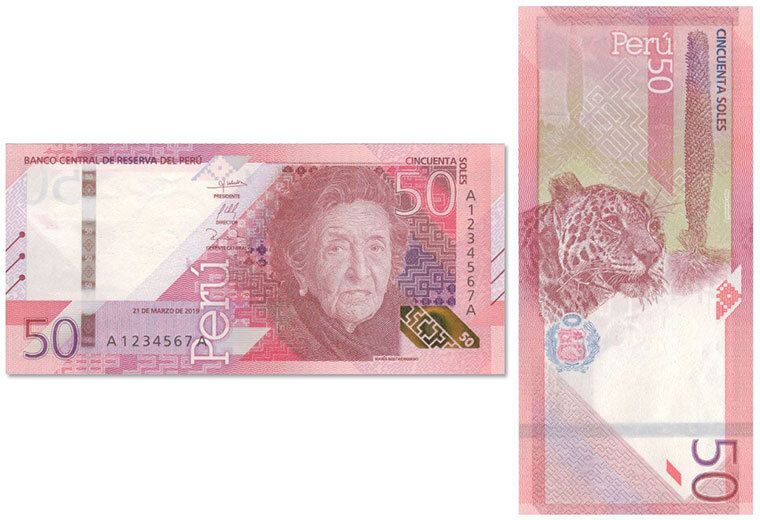
x
50 Nuevos Soles - Current Peruvian banknotes
On the front of all 50 Nuevos Soles notes Abraham Valdelomar Pinto, a famous Peruvian poet, narrator, dramatist and essayist who is considered the founder of avant-garde in Peru, is featured. Born in Ica in 1888 he left us some of the most beautiful Peruvian narrations, for his time some quite daring short stories, theater plays, essays and unique chronicles, illustrations and caricatures. Pinto was a regular at the Palais Concert, a café and bar that was the meeting place in Lima for intellectuals. His statement "Peru is Lima, Lima is the Jirón de la Unión, the Jirón de la Unión is the Palais Concert and the Palais Concert... that's me!" is unforgotten and perfectly reflects Valdelomar's personality.

The back of the 50 Nuevos Soles notes - Nuevos Soles series 2009 to 2016 - shows on image of the New Temple of Chavín de Huantar. Chavín de Huantar is an archaeological site built by the Chavín culture (around 1000 BC to 200 BC). Located 400 km (250 miles) north of Lima in the Ancash region at an elevation of over 3000 m (10.000 ft.) above sea level, Chavín de Huantar served as the capital of the Chavín civilization and was an important political and religious center at the time. The complex comprises several stone structures such as temples, terraces, plazas, canals, tunnels, decks and other buildings. The New Temple (also known as El Castillo) was added to the Old Temple between 500 BC and 200 BC, and is the most prominent structure of Chavín de Huantar. The famous Raimondi Stele (Estela de Raimondi), a sacred monolith and probably the most significant representation of artistry of the Chavín people - featured on the third S/. 1 coin of the Wealth and Pride of Peru coin series - once had its place at Chavín de Huantar. Today it's on display in the National Museum of Archeology, Anthropology and History in Lima.

The back of the old 50 Nuevos Soles notes - series from 1991 to 2006 - features an image of the Huacachina Oasis near the city of Ica.
100 Soles (since July 2021) - Current Peruvian banknotes
The new Peruvian 100 Soles banknote features Pedro Paulet, a Peruvian engineer, architect, mechanic, chemist, economist, geographer, sculptor, diplomat, writer, journalist, lecturer, and visionary inventor. Born on July 2, 1874, in Tiabaya, Arequipa he was fascinated by space travel since childhood after having read Jules Verne’s “From the Earth to the Moon”. Recognizing his academic excellence, he received a government scholarship and studied engineering and architecture at the Sorbonne University.
In the late 19th century he seems to have been the first person who invented a liquid-propellant rocket engine and built a modern rocket propulsion system. While Wernher von Braun, famous German scientist and aerospace engineer, saw in Paulet the "Father of modern astronautics” and a “Pioneer of the space age”, the credits for having built the world’s first liquid-fueled rocket went to Robert H. Goddard. Nevertheless, in Peru Pedro Paulet is considered the greatest Peruvian inventor of all times. He died on January 30, 1945 in Buenos Aires, Argentina.
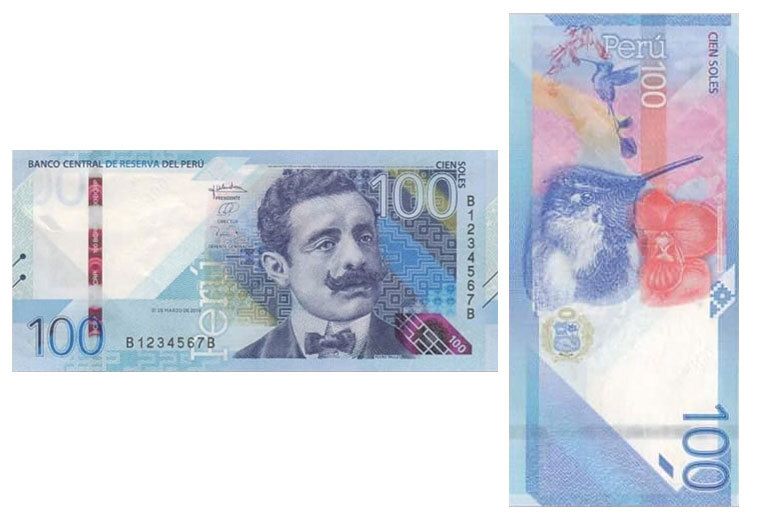
The back of the new 100 Soles bill shows the “Colibrí Cola de Espátula” (Marvelous Spatuletail), a medium seized hummingbird endemic to Peru that is only found on forest edges and in the scrublands of the Río Utcubamba region in the northern Peruvian Andes. Furthermore, on the back of the banknote as well a Phragmipedium kovachii, a beautiful orchid native to the Andean cloud forests of northern Peru, is depicted.
100 (Nuevos) Soles - Current Peruvian banknotes
Next to the above described new Peruvian 100 Soles bill, banknotes from the series 1991-2006, 2009-2016 and 2016-2020 are still legal tender and circulate simultaneously with the new ones.
The front of these "older" 100 (Nuevos) Soles notes features Jorge Basadre Grohmann, a Doctor of Literature and Law and a well-respected Peruvian historian. Born in 1903 in Tacna, Basadre changed the perception and view of Peruvian history, introducing innovative methods and perspectives. He dedicated his work to the history of independent Peru and is famous for his extensive publications about the Republican history of his country. He published the most important work on Peruvian history - "Historia de la República del Perú" (History of the Peruvian Republic) - in 1939. Basadre also was Minister of Education and Director of the Peruvian National Library. He died in 1980.


The back of the 100 (Nuevos) Soles notes - Nuevos Soles series 2009 to 2016 and Soles series since 2016 - shows an image of Gran Pajaten, an archaeological site in the Andean jungle of northern Peru built around 200 BC by the Chachapoya culture, the most important pre-Colombian civilization in the area of the time. Sitting on a hilltop overlooking the Rio Montecristo in the Rio Abiseo National Park amidst the Andean cloud forest this amazing ancient complex comprises at least 26 circular stone structures built atop many terraces, narrow paths and steep staircases which connect the different levels of the site.

The back of the old 100 Nuevos Soles notes - series from 1991 to 2006 – shows an image of the National Library (Biblioteca Nacional). After a devastating fire in 1943 Jorge Basadre was named its Director and in charge of rebuilding and reorganizing the Library.
200 Nuevos Soles - Current Peruvian banknotes
The front of all 200 Nuevos Soles notes features Saint Rose of Lima, the patroness of Lima and Latin America, India and the Philippines. Born in 1568, she refused to marry when the time came and instead lived a religious life following the example of Santa Catalina de Siena. She devoted herself to a life of self-mortification and solitude. Despite her family's objections, Rosa practiced extreme forms of religious observance. She filled her day with praying, hard work, self-torture, and helping sick and poor people in her community. She died in 1617 at the age of only 31. Her funeral couldn't take place for two days as people queued to pay their last respects. Already then Rosa was worshipped so much that even the Viceroy, the archbishop, representatives of all religious fraternities and many public authorities of Lima attended her funeral. Today her remains are laid to rest in a chapel at the Church of Santo Domingo.

The back of the 200 Nuevos Soles notes - Nuevos Soles series 2009 to 2016 - shows on image of the Sacred City of Caral. Located around 200 km (120 miles) north of Lima in the arid coastal desert stripe overlooking the valley of the Supe River and built by the Norte Chico civilization around 5000 years ago, Caral is considered the oldest urban center in the Americas and one of the oldest civilizations of the world. The city which was inhabited around 2600 BC to 2000 BC and accommodated over 3000 people, most probably was the capital of an advanced civilization where a political and social elite, a religious leadership, artisans and farmers lived. Caral features complex and monumental structures like six enormous pyramids, temples, palaces, residential buildings, an amphitheater and circular places for public gatherings. Scattered across the 80sq. km area of the Supe valley, 19 other urban settlements were found that share similarities with Caral. This might show that the Sacred City was part of an even vaster complex.

The back of the old 200 Nuevos Soles notes - series from 1991 to 2006 – shows an image of the Convent of Santo Domingo in Lima. Here Saint Rose of Lima, alongside her friends St. Martín de Porres and Alonso Abad, found their last resting place.
Security Features of Peruvian Banknotes
Even though the current Peruvian bills include worldwide established and highly sophiscated security features, unfortunately for decades now Peru can be considered as the capital of counterfeit money. So now that you know the Peruvian banknotes we highly recommend to familiarize yourself with the security features. Our article "How to distinhuis between real and fake Peruvian money" explains in detail what to look for.


